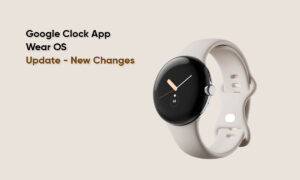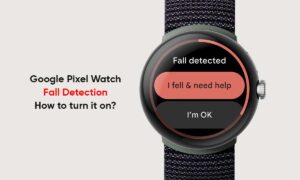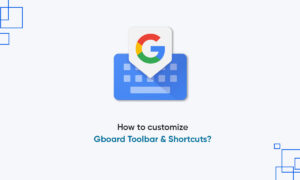Google Health hosted its annual event, “The Check-Up,” which focused on showcasing and introducing health innovations in Google products and efforts to address major global health issues.
It is understood that Google has made a detailed introduction to the health innovations of Search, YouTube, Fitbit, and AI, including the new Search function to help consumers find and book medical services more easily.
Join tip3x on Telegram
Moreover, YouTube makes it easier for users in India, Japan, and Brazil to identify and search access to authoritative health information; Fitbit helps address atrial fibrillation monitoring and treatment, as well as innovative AI projects in maternal care, eye exams, and smartphone stethoscopes.
Among them, in order to reduce consumers’ medical appointments and waiting time, Google Search has cooperated with pilot partners to launch a new function – the earliest available appointment time of local medical institutions is directly displayed on Search, helping consumers to find and make appointments in the United States more easily. nursing facility.
According to Jackie DeJesse, product manager on the Google Search team, the new feature is still in its early stages and will be rolled out in English in the first few weeks in the United States. Meanwhile, Google Health added two new features to YouTube last year — a health source information panel and a health content shelf — to help users more easily search and identify authoritative health information.
Furthermore, the Health Source Information Panel feature is a video that provides background information to help users identify authoritative sources. The Safe Shelf is where videos from these authoritative sources are highlighted when users search for safe topics on YouTube.
 According to Google researcher Tony Farnanesh, Fitbit uses PurePulse technology based on light sensors for heart rate monitoring on the wrist. Fitbit has also developed an atrial fibrillation detection strategy. Those are long-term heart rhythm monitoring (using light-based sensors and a technique called photo brain, or PPG), and spot-checking (using an electrocardiogram (ECG) to measure the electrical signals produced by the heart).
According to Google researcher Tony Farnanesh, Fitbit uses PurePulse technology based on light sensors for heart rate monitoring on the wrist. Fitbit has also developed an atrial fibrillation detection strategy. Those are long-term heart rhythm monitoring (using light-based sensors and a technique called photo brain, or PPG), and spot-checking (using an electrocardiogram (ECG) to measure the electrical signals produced by the heart).
In this regard, Tony Farnanesh said that PPG technology can assess the user’s heart rhythm by sensing the pulse at the user’s wrist in the background, and reminding users when there is a risk of atrial fibrillation, encouraging them to communicate with doctors and seek further diagnosis
It is reported that Google uses artificial intelligence technology to explore helping pregnant women around the world obtain early ultrasound examinations, thereby greatly reducing the global maternal mortality rate.
Meanwhile, GoogleHealth AI’s Automated Retinal Disease Assessment (ARDA) project is using artificial intelligence to help detect diabetic retinopathy. In addition, Health AI is currently testing whether the smartphone can detect heartbeats and murmurs like a stethoscope by placing a smartphone app that uses the phone’s built-in microphone on the tester’s chest. The clinical study is still in the early stages.













